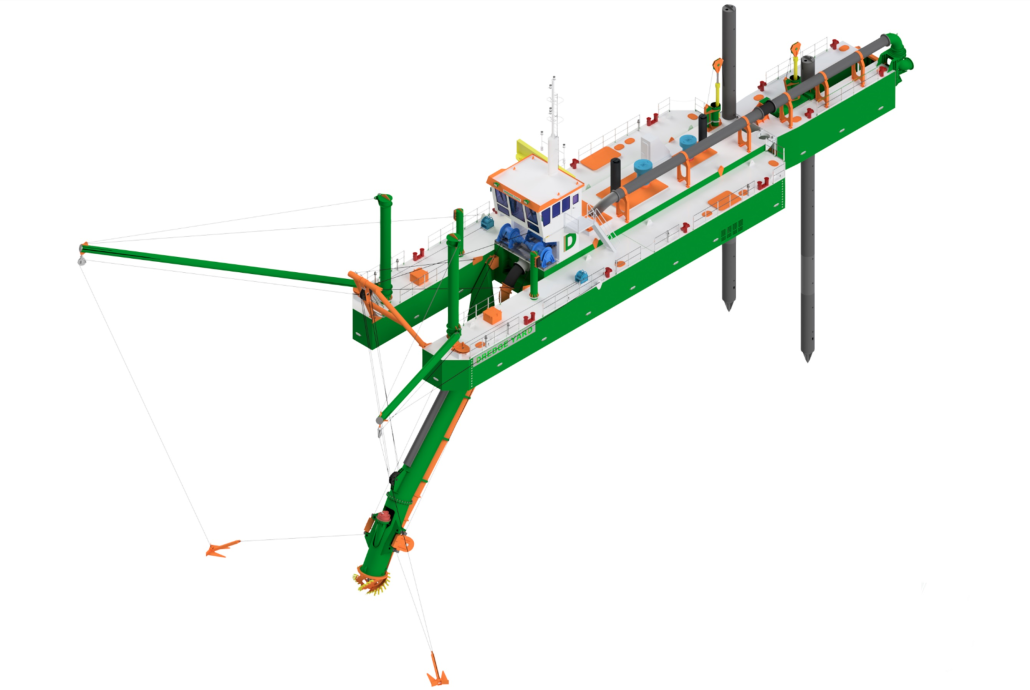
Dredging is an essential activity in many industries, including construction, mining, and environmental conservation. It helps to remove the sediments and debris from the bottom of water bodies to deepen channels, maintain navigability, or extract valuable resources like sand and gravel. Below are some essential steps involved in a dredging project:
Project planning and feasibility study:
The first step in a dredging project is to conduct a thorough planning and feasibility study. This involves defining the project’s goals and objectives, assessing the scope of work, and estimating the volume of sediment to be removed. A feasibility study includes evaluating the technical, environmental, and economic aspects of the project. This phase also involves identifying challenges and risks, such as environmental impacts or logistical issues, and developing strategies to address them.
Environmental impact assessment:
An Environmental impact assessment (EIA) is important for understanding the effects of the dredging project on the surrounding ecosystem. The EIA process involves evaluating how the dredging activities might affect water quality, aquatic life, and surrounding habitats. The assessment helps in identifying mitigation measures to minimize negative impacts. It also includes public consultation to gather feedback from stakeholders and address community concerns.
Design and permitting:
Based on the feasibility study and EIA, the next step is to design the dredging plan and obtain necessary permits. The design phase includes selecting appropriate dredging equipment and techniques, determining sediment management strategies, and planning for disposal or treatment of dredged materials. Securing permits involves complying with local, regional, and national regulations. This may require submitting detailed plans and documentation to regulatory agencies for approval.
Contracting and procurement:
Once the project design is finalized and permits are obtained, the next step is to select and contract with a dredging service provider. This involves soliciting bids from various contractors, evaluating their qualifications, and choosing the one that best meets the project’s needs. The procurement process should include a review of the contractor’s equipment, experience, safety record, and cost estimates.
Implementation and execution:
With all preparations in place, the dredging project moves into the implementation phase. This involves mobilizing equipment and personnel to the site, conducting pre-dredging surveys, and starting the dredging operations. The execution phase requires careful monitoring to ensure that the dredging activities are carried out according to the approved plan and within regulatory limits. Real-time monitoring of water quality and sediment handling is important to address any issues quickly.